The InfoFi Revolution: Kaito, Cookie, and the New Earning Model of the On-Chain Information Era
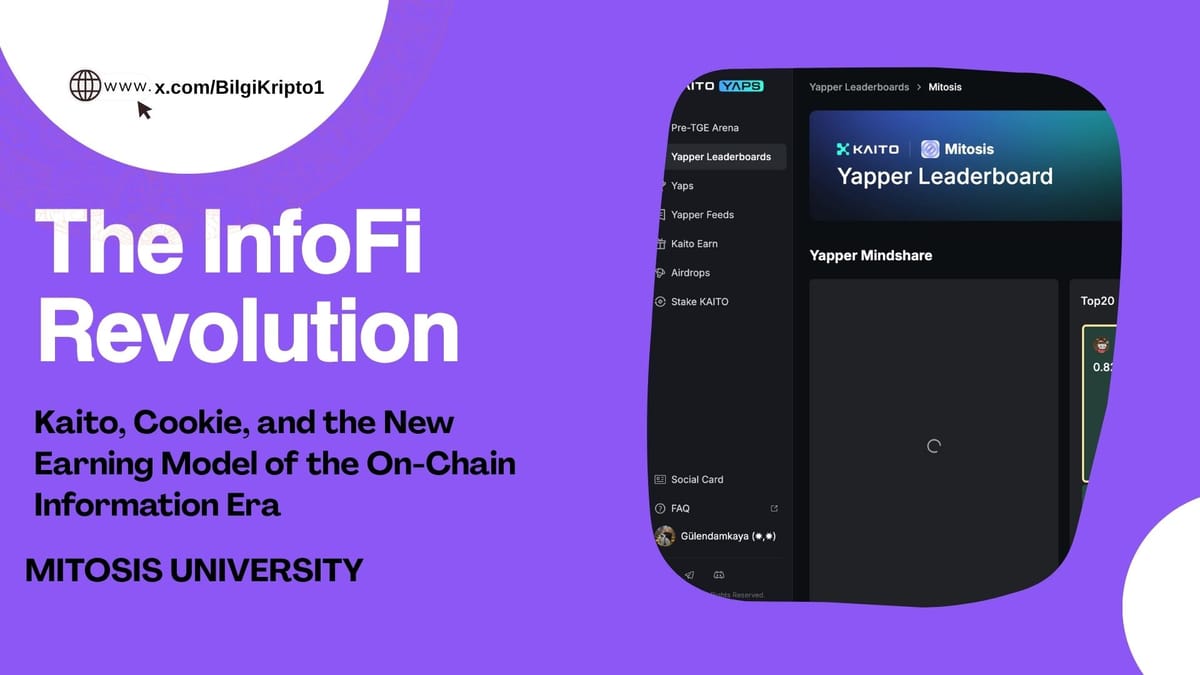
As the world of Web3 and decentralized finance (DeFi) continues to grow, access to information is becoming one of the most valuable assets. Today, thousands of users are leveraging InfoFi protocols like Kaito not only to earn from airdrops but also to seize major opportunities through on-chain intelligence. Recently, new protocols like Cookie have joined this information economy, and newly launched InfoFi-based projects on the Arbitrum network are also gaining attention.
What is InfoFi?
InfoFi stands for “Information Finance” and refers to the infrastructure in Web3 that makes financial data accessible. It integrates both on-chain data (such as token transfers) and off-chain data (such as social media, Discord, Medium, GitHub), providing users with real-time, meaningful information.
InfoFi does more than just collect data; it uses tools like natural language processing (NLP), artificial intelligence (AI), and knowledge graphs to analyze and transform this data into actionable insights. This allows even average Web3 users to understand complex analytics effortlessly.
Real-World Example
A user asks, “Which projects will offer airdrops in 2024?” The InfoFi platform processes data from sources like GitHub, Discord, Medium, and Twitter, and delivers simplified, actionable insights on potential projects.
Kaito: The Flagship of InfoFi
Founded in 2022, Kaito is one of the earliest and most prominent projects in the InfoFi space. By aggregating over 50 on-chain and off-chain sources, it provides a unified research engine tailored for the Web3 ecosystem.
Key Features of Kaito
- Natural language search: Ask direct questions like “What is zkSync?” and receive AI-generated responses.
- Knowledge graphs: Related topics and key figures are clustered and visualized.
- AI-generated research reports: Request comparative reports such as “Compare LayerZero and Wormhole.”
- Wallet-integrated analysis: Users can link their wallet to receive personalized reports.
- Institutional dashboards: Tailored dashboards and sector heatmaps for investors and research analysts.
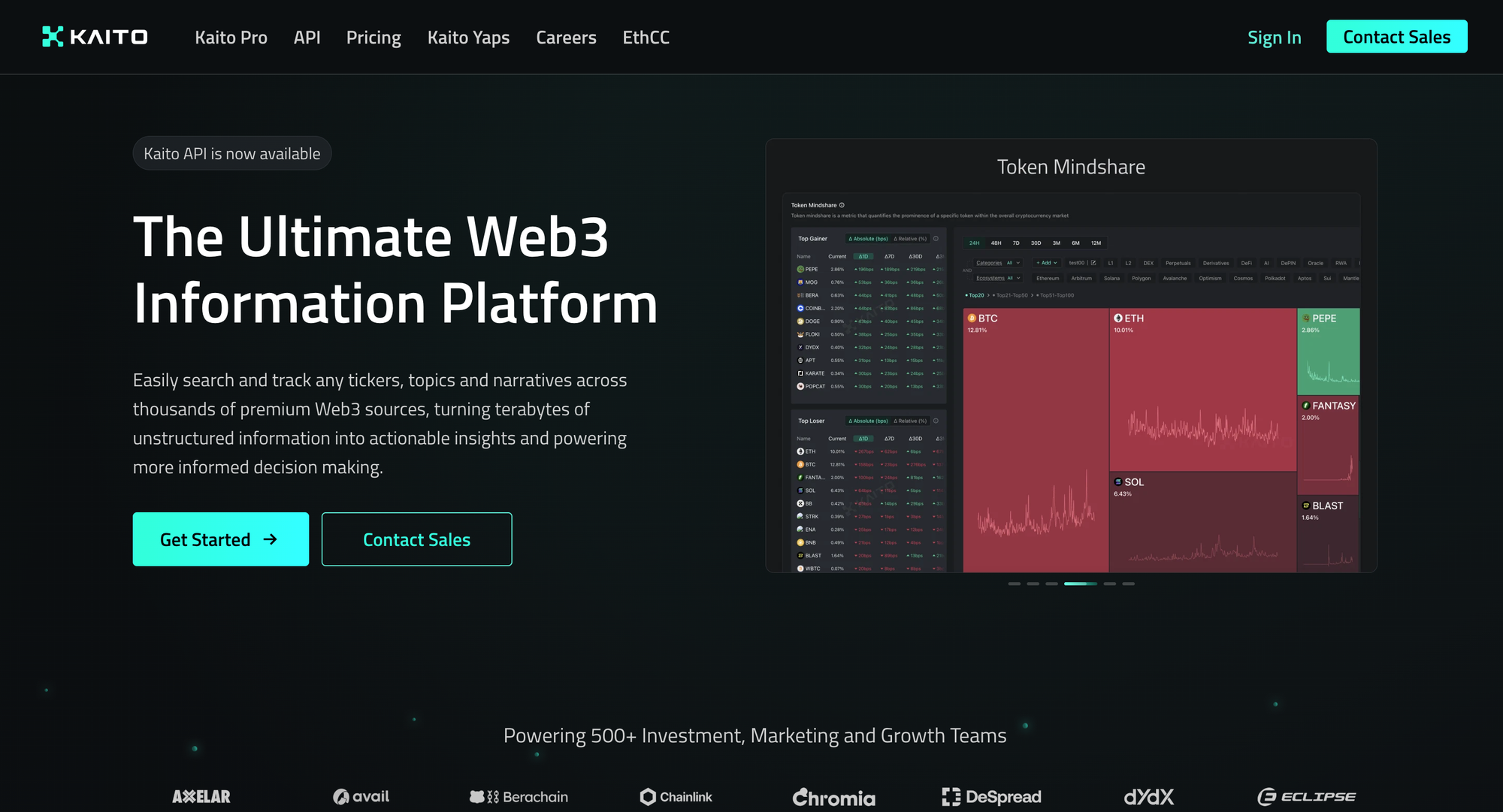
Cookie: A New-Gen InfoFi Player
Following Kaito, Cookie brings a different approach to InfoFi. It gamifies the information interaction experience, boosting user engagement while offering on-chain, data-driven reward systems. As users discover insights, they also gain a chance to earn airdrops.
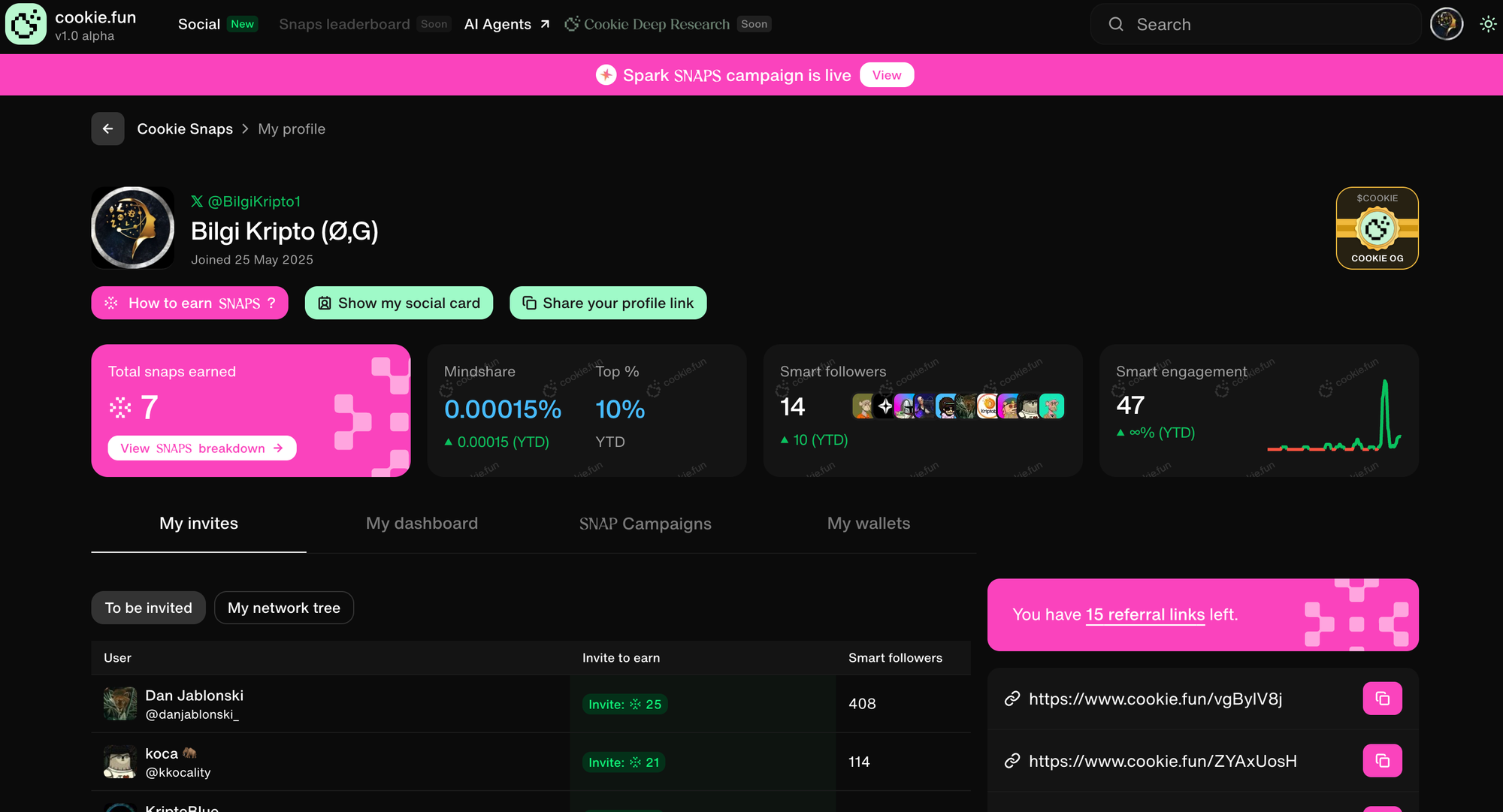
Sample Scenario
A user uses Cookie to analyze on-chain data and discovers an early-stage NFT collection. This early discovery could lead to eligibility for a future airdrop.
Why Is InfoFi So Important?
Most existing Web3 tools are either too technical (like Dune or Etherscan) or overly basic (like portfolio trackers). With InfoFi:
- You can automatically track on-chain missions and eligibility criteria.
- Analyze the social influence of new projects.
- Manage your portfolio with AI support.
- Identify emerging narratives and early investment trends.
These features turn InfoFi into a valuable asset for both newcomers and institutional players.
Use Cases for InfoFi
- Airdrop Hunting: Track tasks and eligibility across chains.
- Portfolio Management: AI-powered wallet insights.
- Alpha Discovery: Spot new narratives before the crowd.
- Fund Research: Build data-driven investment theses for VC and fund managers.
Looking Ahead
It’s now clear that InfoFi is not just a trend it’s a fundamental need in Web3. As tokenization, artificial intelligence, and data-driven decisions expand, the demand for InfoFi protocols will continue to rise.
Soon, we may see:
- Language models specifically trained on Web3 data
- Decentralized InfoFi DAOs rewarding data curators
- Institutional adoption for compliance, risk, and research
- Plug-and-play InfoFi APIs for wallets, DEXs, and games
Conclusion
InfoFi is not only bridging the Web3 knowledge gap but also introducing a new economic model where users earn through interaction with information. Projects like Kaito and Cookie are pioneers in this domain, offering users both insights and rewards.
In this new age, it's not just the first to hear about a project who wins—it’s the first to analyze and act on the data. Users who can make sense of information have a competitive edge, from airdrop hunting to strategic investing.
To stay ahead, exploring InfoFi platforms and learning to interact with on-chain intelligence is the first step to being part of the future of decentralized financial wisdom
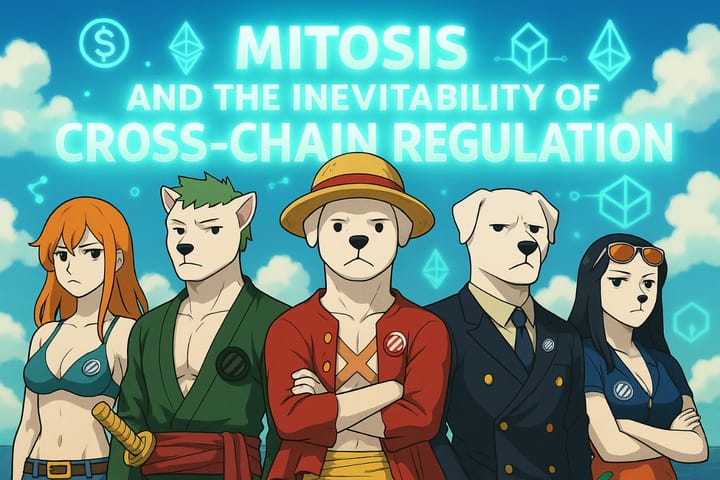
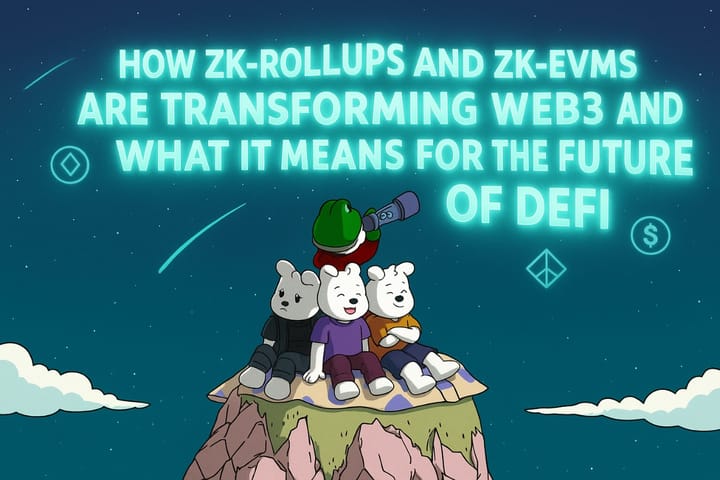
Comments ()